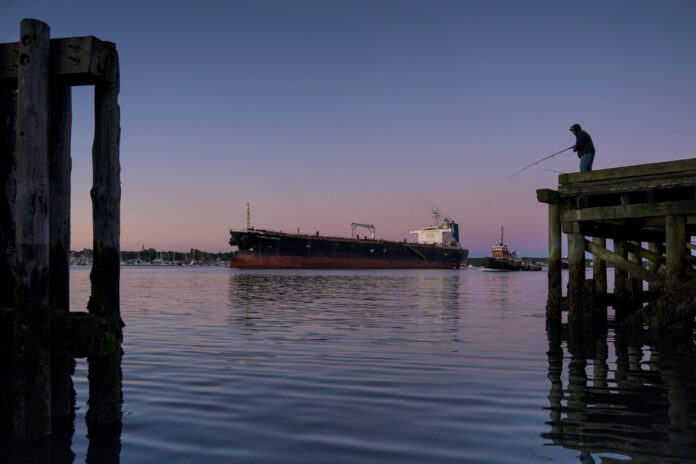The price cap on Russian oil exports to be imposed by G7 countries and Australia next month will apply only to seaborne cargoes through the first landed sale and will exclude shipping and trading costs, a coalition official said on Friday.
Details of the price cap are being finalized as a Dec. 5 deadline for launching the scheme and a European Union embargo on Russian crude approaches, but discussions on the level of the price cap are still continuing.
The plan aims to scales back Moscow’s oil revenues to levels prior to its invasion of Ukraine while keeping Russian crude on the global market to avoid further price spikes.
Coalition officials told Reuters on Thursday that the price level be a fixed per-barrel dollar price that would be regularly reviewed, rather than a discount from market prices.
Trending Now
Millions of Canadians will get GST credits starting Friday. What to expect
NASCAR driver stuns racing fans with a move he learned playing Nintendo
Under the loading rules, first reported by the Wall Street Journal, any oil that is re-sold while the crude is still en route to a landed destination must be priced at or below the cap level, the official said.
“Once the oil completes its first landed sale, it can be sold at market prices,” the coalition official said. “As long as it doesn’t go back out to sea it’s no longer ‘seaborne’ Russian oil.”
But if it is loaded back onto a tanker to be shipped elsewhere, the price cap again applies unless the crude has been substantially refined into other products, the official added.
The cap will not include the cost of freight or other trading and transportation costs, the official said, adding “In other words it will only apply to the physical molecules of Russian crude and refined products themselves — only the oil is capped.
Official oil price cap guidance is still under development and will be released before Dec. 5, the official added.



